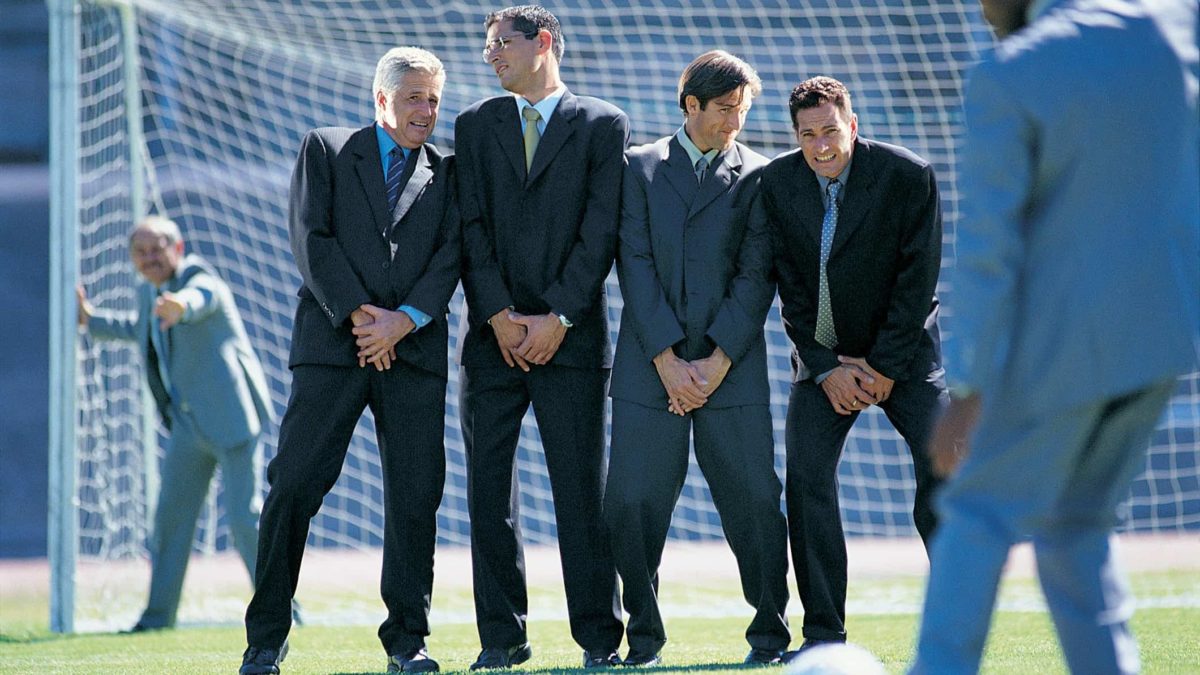2023 has been an interesting year on the ASX, that's for sure. This year has been exceptionally volatile. Even as we begin December, it's not exactly clear that the S&P/ASX 200 Index (ASX: XJO) will pull off a gain for this calendar year. So it's a fair bet that the average ASX share portfolio has had a similar experience.
One could be forgiven for loading up on defensive ASX shares as a result.
After all, perhaps the defining trend of 2023 in the investing world has been persistently high inflation. Not to mention the avalanche of interest rate rises that we've all enjoyed as a result. Or perhaps more accurately, endured.
As you may have heard this year, most recessions that have historically occurred have come after a period of interest rate hikes. That's why we've repeatedly heard the phrase 'soft landing' over the course of this year. A soft landing involves slowing inflationary pressures in the economy without causing a recession.
Consider, too, the significant geopolitical turmoils we've seen over this year. Thus, it's perhaps no wonder some investors have spent 2023 in a state of investing anxiety.
However, one expert reckons that ASX investors might still be positioned "too defensively".
Are ASX investors holding back too much with their share portfolios?
According to reporting in the Australian Financial Review (AFR), Matthew Ross and Tony Wu have warned investors not to be pessimists. Ross and Wu are strategists at investment bank and broker Goldman Sachs. They stated it was dangerous for investors "to be positioned too defensively in an economy that continues to show few signs of any significant slowdown".
Here's some more of what the strategists said:
At 14.9 times, the ASX 200 price to earnings ratio (for the next 12 months) is 12 per cent above the average of prior cycle peaks (13.3 times), but when you consider the lower level of long-term interest rates today, stocks look a lot better value relative to bonds than they have at the end of most past hiking cycles.
Historically, between the last hike and the first cut, the performance of the ASX 200 has been very mixed. As has its performance in the months following the first cut, given growth concerns in times of recession have outweighed the impact of looser monetary policy.
It's important to note these points. Here at the Fool, we often talk about why it pays far better to be an optimist when it comes to investing in ASX shares.
Our own chief investment officer, Scott Phillips, said this last month:
So… there's plenty of reasons not to invest…
We had high inflation in the 80s. High interest rates in the 90s. And recessions both times.
And yet… And yet, that $10,000 in 1993 ballooned into $138,000 in the subsequent three decades.
So yes, there were lots of reasons people would have given for not investing in 1993. And 1983. And 1973. If you genuinely can't spare the money to invest, I'm not berating you, to be clear.
But I do want my readers to understand just what you might be missing.
Cast your mind forward to 2053, some thirty years from now.
What do you think you'll be thinking, when you look back to late 2023?
Don't you reckon you might be wishing you'd have invested more? And earlier? I think that's pretty likely, to be honest.
The comments from Goldman Sachs' strategists arguably complement that view. Something for investors to keep in mind as we head into 2024.









